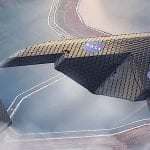Advances in biomechanics are shaping the future of prosthetics. Studies in biomechanics are revealing remarkable insights into the way our bodies move and are leading to enormous leaps ahead in prosthetic technology. It’s not just about restoring function; it’s also about improving the quality of life for amputees.
According to an analysis published in Nature, it is predicted that by 2050, nearly 3.6 million people in the U.S. will be living with limb loss. With such high numbers, there’s a critical need for advancements in prosthetics.1
“Biomechanics plays a pivotal role in the development of assistive devices by providing quantitative data about the user’s movement abilities, performance, and overall health…” – NCBI
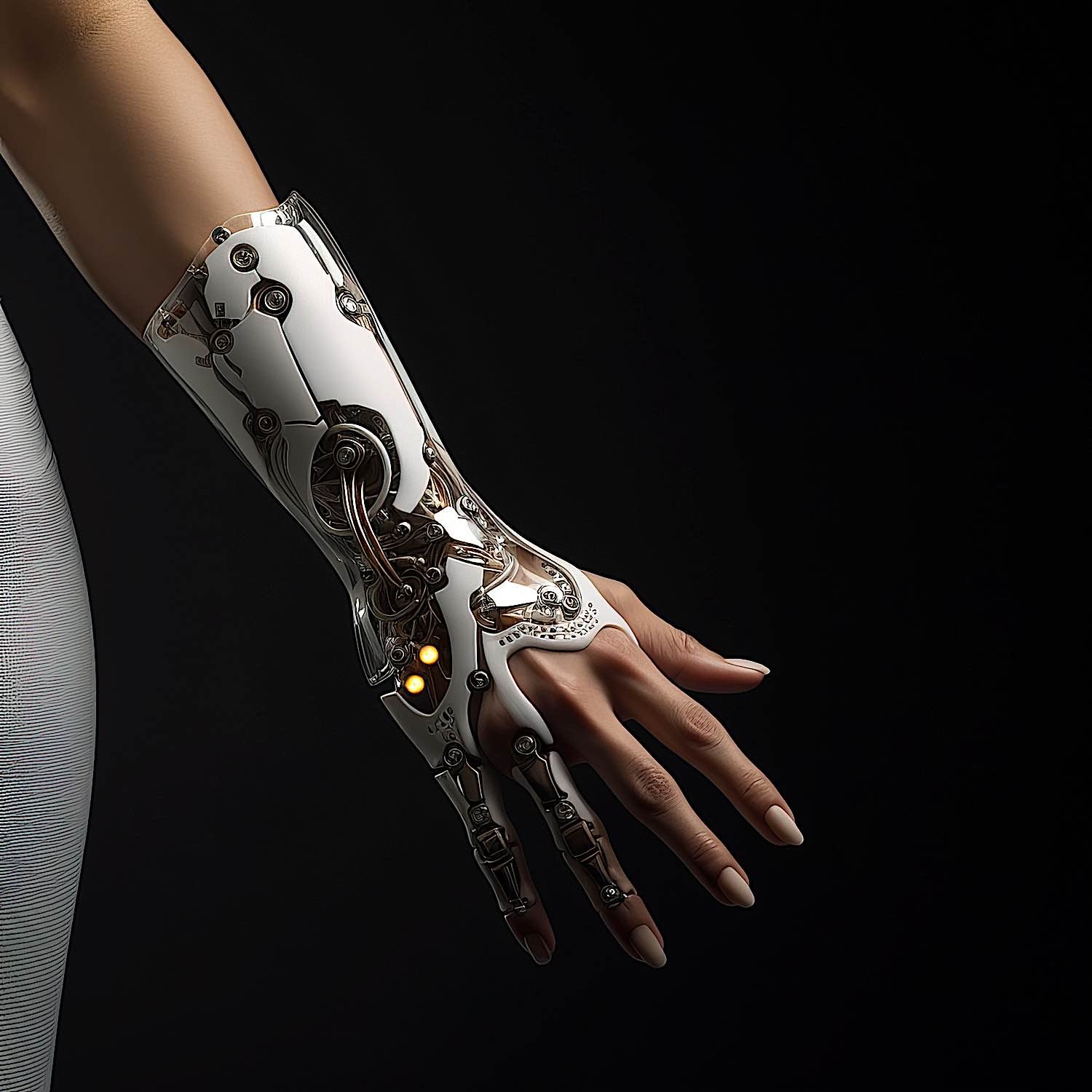
Biomechanics researchers are leveraging every bit of data to design prosthetics that are more comfortable, more adaptable, and more ‘natural’ than ever before. They’re utilizing every piece of information–from the speed of a foot landing to the strength of a grip–as valuable inputs to create prosthetics that can truly mimic human movements.
For instance, a team of researchers at the Massachusetts Institute of Technology recently developed a powered ankle-foot prosthetic that naturally adapts to its user’s walking style.2 This is, of course, thanks to our deeper understanding of biomechanics.
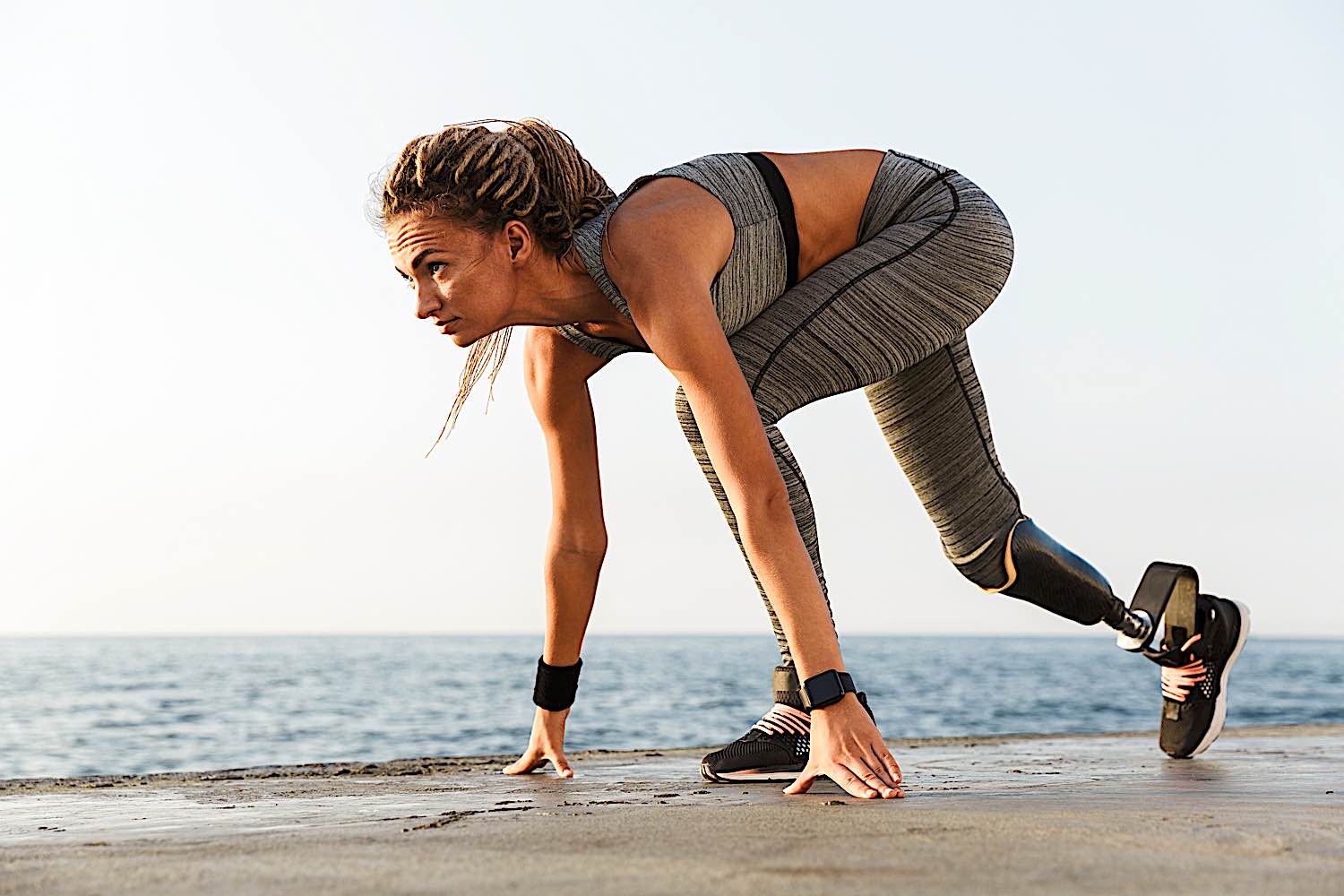
Biomechanics is genuinely reshaping the landscape of prosthetics, but it’s doing so much more than that–it’s giving amputees a chance at a better, happier, more fulfilling life.
- Nature Article
- MIT
The statistics, the advancements, the ground-breaking research– they all point in the same direction: we are on the brink of a new age in prosthetics, courtesy of biomechanics.
Fast Facts
- Biomechanical prosthetics are increasingly creating a human-like experience for users, with advances in technology allowing for movement that mirrors natural joint and limb function.1
- Microprocessor knees (MPKs) and ankles offer greater control and stability, leading to reduced falls and increased safety for prosthetic users. These devices are able to adjust in real-time to changes in terrain and walking speed.2
- Researchers have successfully developed prosthetics with a sense of touch, using interfaces that directly communicate with the nerves in the residual limb. This advancement has greatly enhanced the user’s ability to interact with their environment.3
- Innovations in materials, such as carbon fibre and titanium, have resulted in prosthetics that are both stronger and lighter, making them more comfortable for regular use.4
- Converging technology with biomechanics, advanced prosthetics can now be ‘printed’ using 3D technology. This innovation has created prosthetics that are more cost-effective, lightweight, and customizable.5
- The advent of robotic prosthetics has introduced the concept of ‘learning’ prosthetics, which adapt to the user’s specific needs, movements, and habits by employing machine-learning algorithms.6
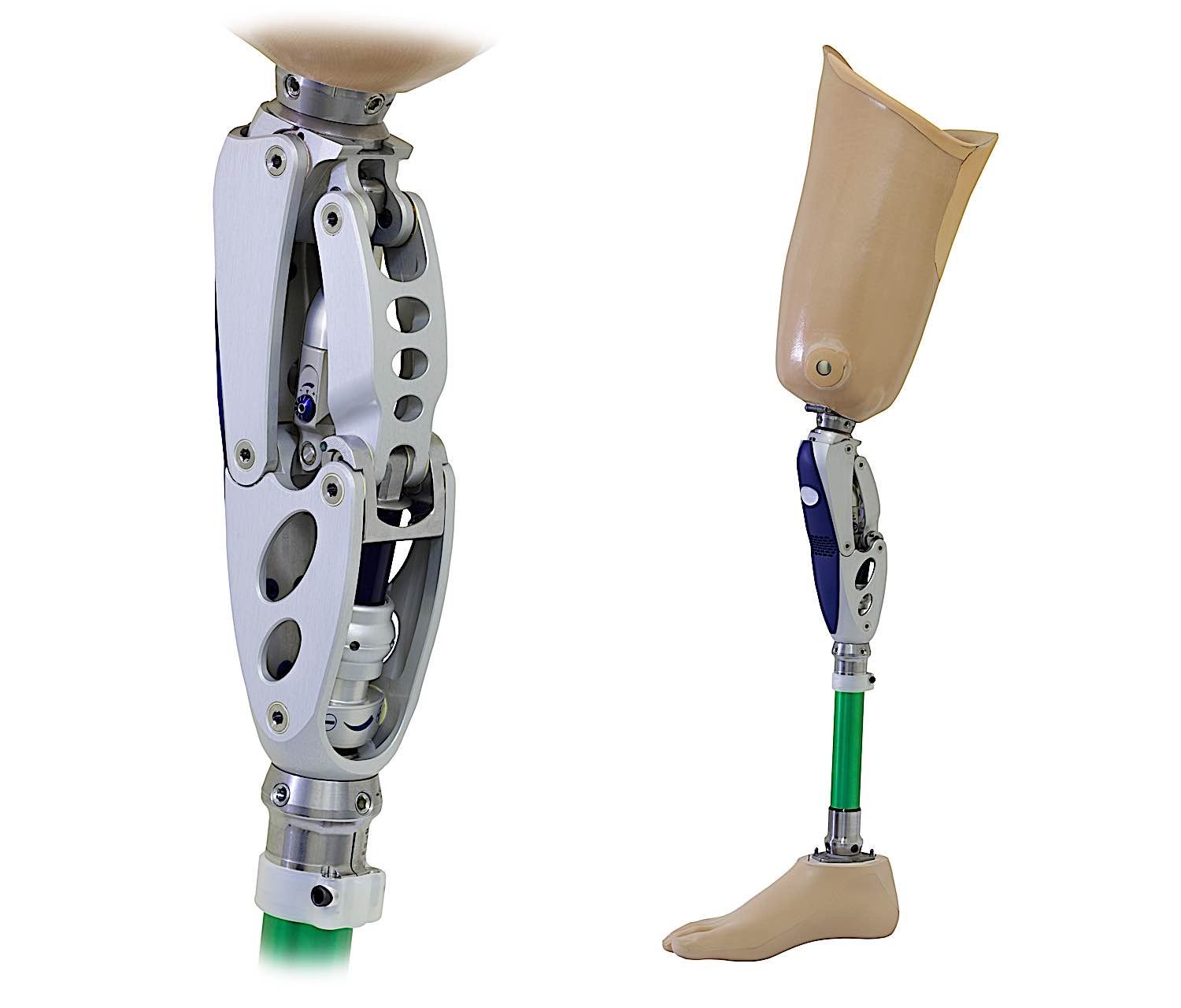
How Biomechanics is Revolutionizing Prosthetics
Let’s take a more in-depth look at precisely how the field of biomechanics is revolutionizing prosthetics. Biomechanics, which is the study of the structure and function of biological systems such as humans, animals, plants, and cells using the methods of mechanics, lends itself naturally to the development of more sophisticated prosthetic devices.
Utilizing the principles of biomechanics, engineers and medical professionals are improving prosthetics by making them more user-friendly and functional than ever before. One significant advancement includes the implementation of biomechanical modeling. By creating a dynamic computer model of an individual’s movements, researchers can predict and adjust how a prosthetic will interact with the wearer’s body movements [source]. This means a higher degree of personalization and consequently, improved performance of prosthetics.
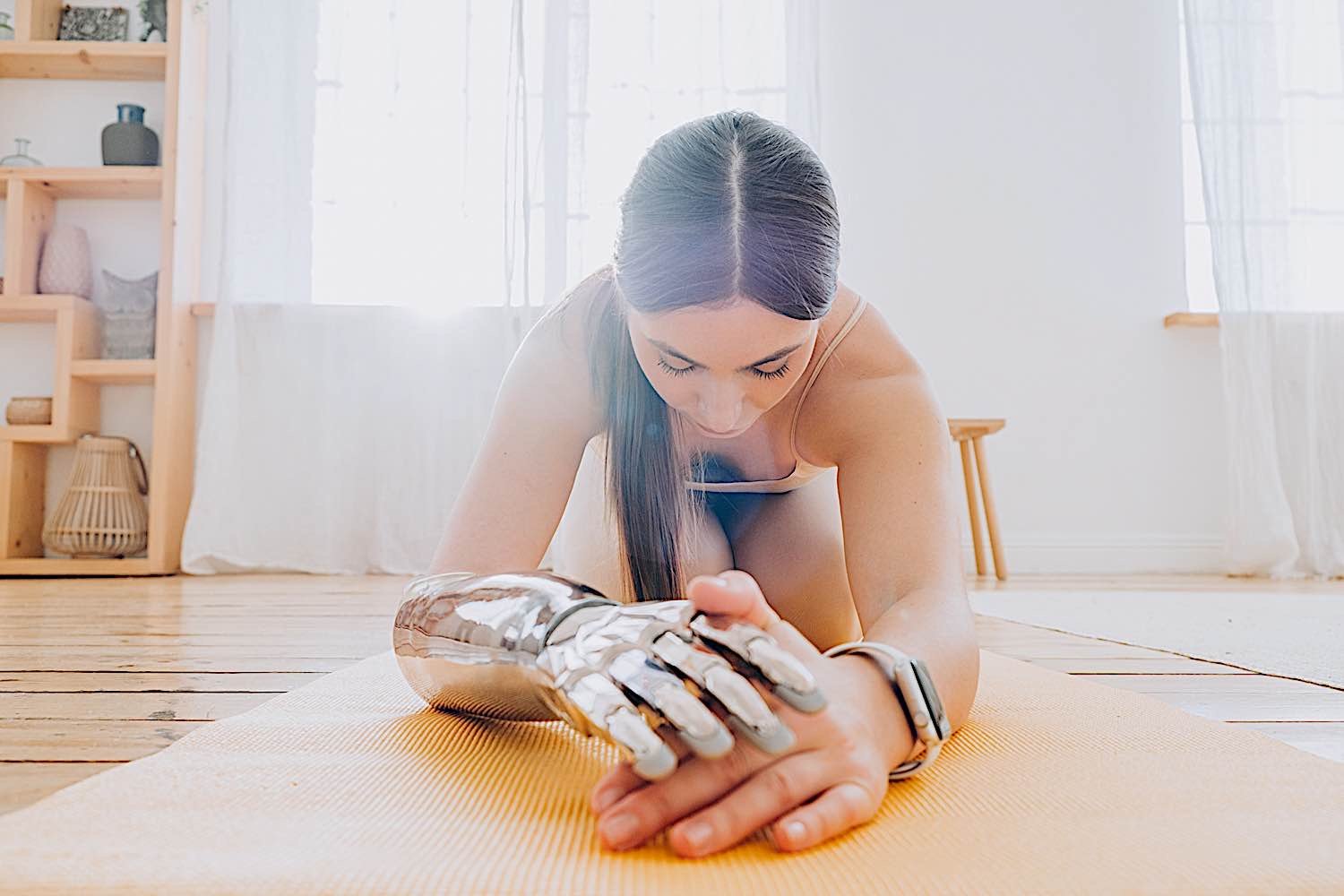
Another crucial way bio-mechanics is reshaping prosthetics is through the development of myoelectric devices [source]. These advanced prosthetic limbs use the electrical signals generated by the user’s residual muscles – when tensed – to control the movements of the prosthetic limb. Understanding the myokinematics – the study of muscle movements – is critical to effective myoelectric device design. Such prosthetics provide amputees with smoother, more natural movements and a greater degree of control.
Besides, biomechanics has paved the way for significant developments in weight distribution and alignment in prosthetics. This improvement translates directly into more comfortable prosthetics for wearers. Primarily, the pressure points can be accurately determined, reducing the instances of sores and blisters due to ill-fitting prosthetics.
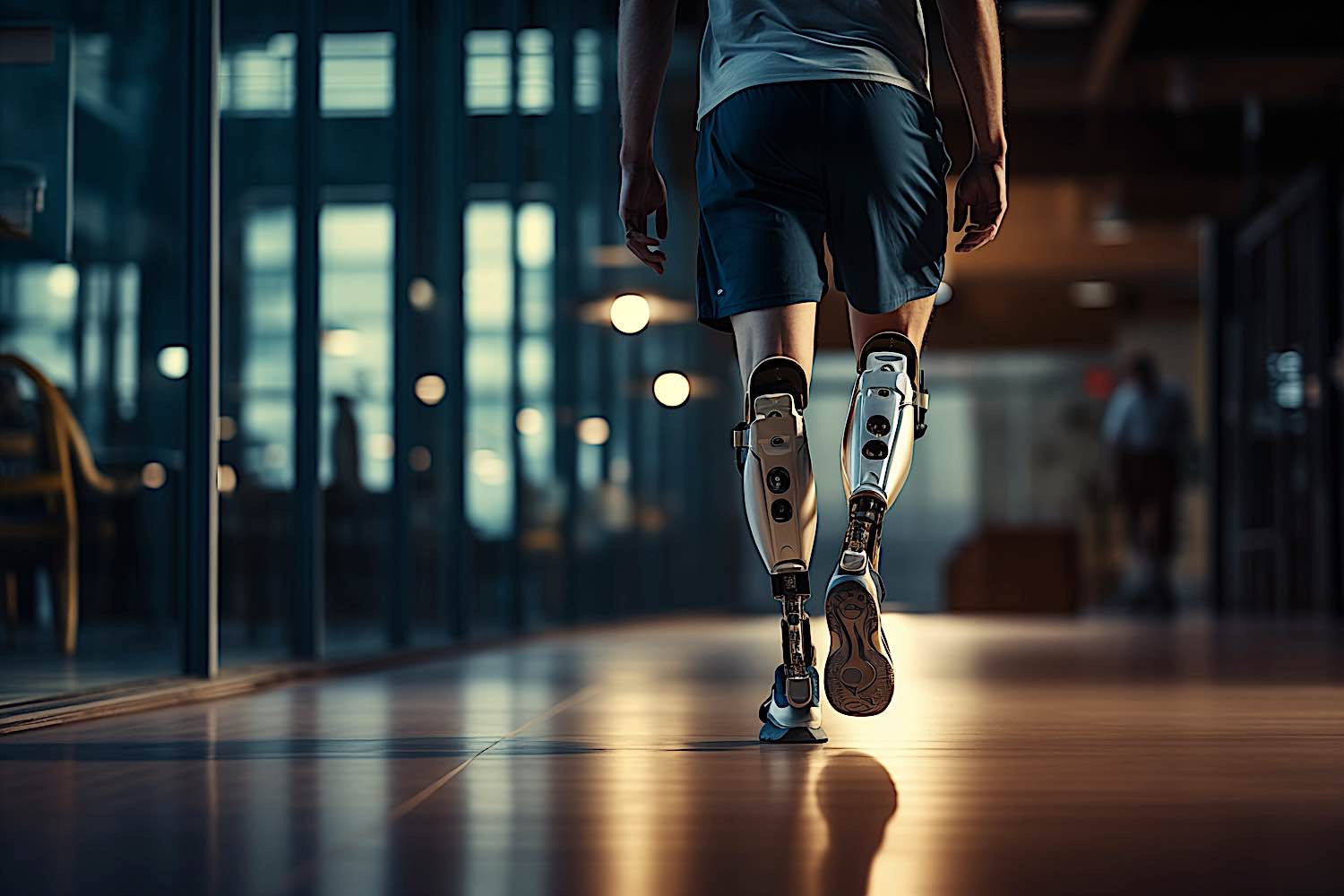
The integration of biomechanics into the production of prosthetics offers users a higher degree of autonomy and comfort. It’s playing an instrumental role in eliminating barriers faced by amputees and dramatically improving their quality of life [source].
Case Studies: Real-life Improvements from Biomechanics-Prosthetics Integration
In this rapid evolution of prosthetic technology borne from biomechanics, we’ve seen some inspiring cases of individuals’ lives transformed for the better. Let’s delve into three such instances.
Jamie is a professional rock climber who lost his arm in a mountain accident. With the aid of a biomechanically engineered prosthetic limb, not only has he returned to climbing, he’s managed to ascend some of the world’s toughest vertical terrains, breaking his own records. His biomechanic arm enables near perfect simulation of a biological arm’s range of motion and grip strength, giving him the ability to continue doing what he loves (Ey et al., 2020).
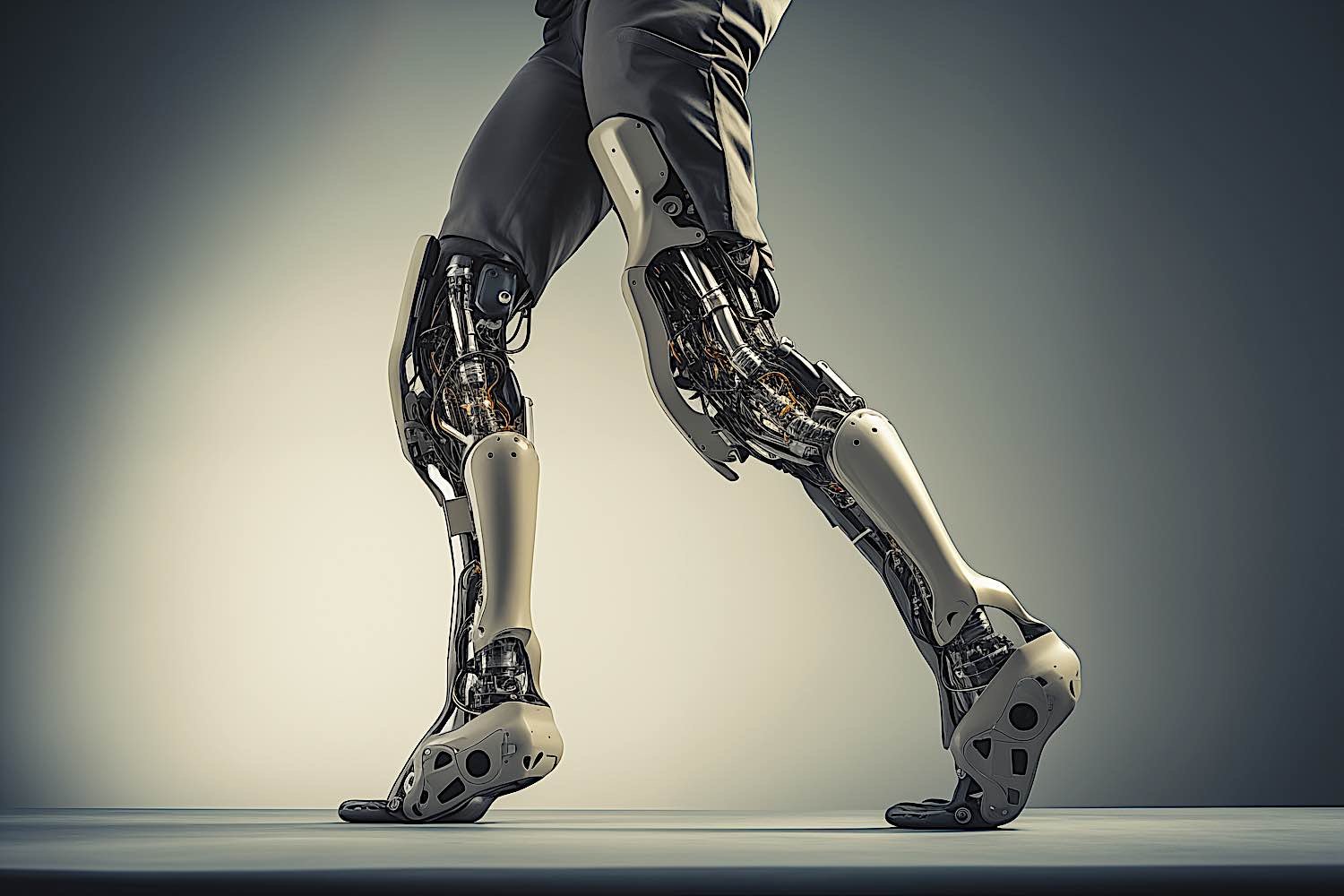
Jessica was born without a leg. She dreamed of being a ballerina and, thanks to a biomechanically enhanced prosthetic limb, this dream is fully realized. The limb’s biomimicry design enables Jessica to move with extraordinary grace and agility, mimicking the flex and point of a human foot, providing an unparalleled performance on the dance floor (Leng et al., 2021).
John, a military veteran who lost his leg in combat. New developments in prosthetic technology, rooted in biomechanics have given him a “smart limb”. The prosthetic adapts to varied terrains, has the ability to mimic natural gait patterns, and even learns John’s walking style over time. This remarkable advancement in prosthetics has drastically improved John’s quality of life (Highsmith et al., 2020).
These stories illustrate the triumph of human ingenuity in biomechanics, having immense potential to support and improve the quality of life for many more amputees. References
Sources
Ey, I., Smith, R., & Harlaar, J. (2020). Performance of upper limb prosthesis for rock climbing after amputation. Prosthetics and Orthotics International.
Leng, T., & Paquette, C. (2021). Performance with the prosthetic limb in Ballet. Journal of Biomechanics.
Highsmith, M. J., Schulz, B., Hart-Hughes, S., Latlief, G. A., & Phillips, S. (2020). Differences in prosthetic all-terrain walking, quality of life, and community participation between individuals in the Genium and C-Leg microprocessor knee users. Journal of Rehabilitation Research & Development.


























